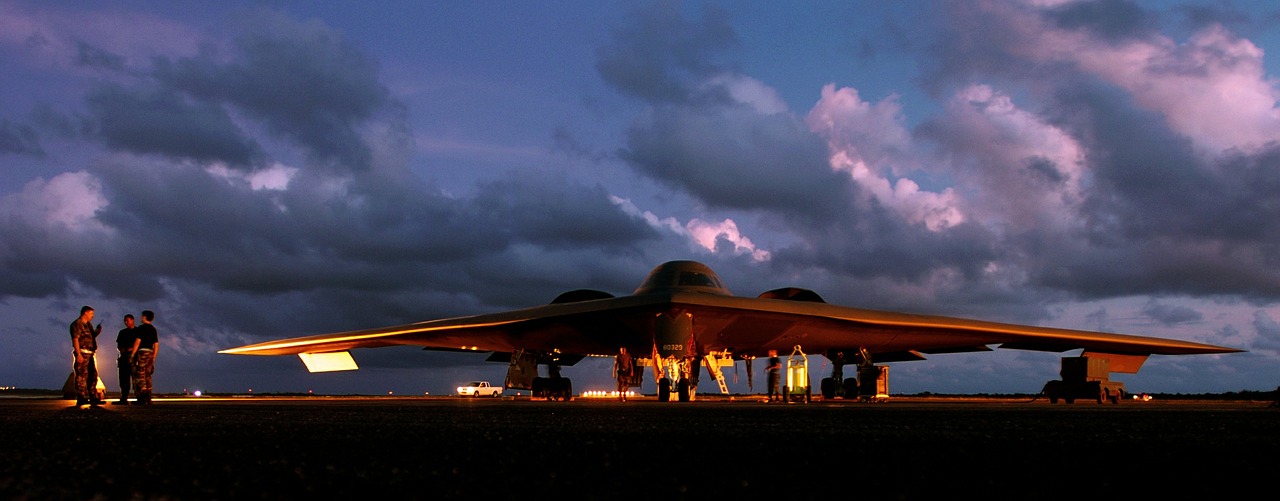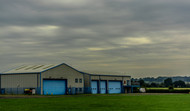A Look at Aviation Mechanics and Technicians
By on Dec 13th 2017
The people who care for the planes we travel on are the unsung heroes of the field. Without their knowledge and hard work, we would face a lot more problems than we do now when flying, to say the least.
The job of an aviation mechanic entails a lot of training and duties. Today, we're taking a look at the field.
Training Before Taking Flight as an Aviation Mechanic
Before someone can work in the field as an avionics technician, they must undergo training, whether it be on the job to start, while with the military, or through an aviation maintenance technician school approved by the Federal Aviation Administration (FAA). Either way, you must be certified through the FAA before you begin working in the field.
Typically, a certification is obtained through an aviation maintenance technician school and oftentimes after obtaining an associate's degree. Because the field is becoming more computer- and technology-based, people with knowledge and degrees in those fields are needed.
Typical training leads up to FAA exams that a person must pass before earning their certificate. You must be at least 18 years of age, be fluent in speaking and writing in English, accumulate 30 months of hands-on work experience, and be a US citizen before earning your certificate.

The requirements for non-US citizens include these same criteria in addition to having a valid passport, a statement from an employer that describes the maintenance work done on aircraft to gain experience, another letter from the foreign airworthiness authority in the country where you gained work experience, as well as a letter from either the body concerned with the foreign airworthiness authority in the country you gained experience or from an International Civil Aviation Organization (ICAO) advisor is also required.
Each document must be signed and dated and there will be a document review fee associated.
The final steps to obtaining your certification include passing a number of written, oral, and practical exams within 2 years. Then, in order to keep your certification, you must complete repair/maintenance work within the previous 24 months either through work, schooling, or classes from an employer or aircraft manufacturer.
FAA-recognized certificates acknowledge that a person has met all training requirements to work in the field. Without a certification, someone can work in the field under supervision until they can obtain a one. There are many different areas within the field that you can specialize in. To learn more about them, check out
this great article!
Certifications Available to You
From there, there are different certifications available for aircraft mechanics: for bodywork (Airframe mechanics, or -A-) and engine work (Powerplant mechanics, or -P-). You can obtain either one or both certifications.
You could also obtain an Aircraft Electronics Technician (AET) certification through the National Center for Aerospace & Transportation Technologies (NCATT) or radiotelephone operator certification that is issued by the Federal Communications Commission (FCC).

Another certification available to mechanics with A&P ratings is an Inspection Authorization (IA). This certification will enable you to perform work on or related to some major repairs and alterations with an aircraft.
On-the-Job Duties
Once you earn your certification(s), you can start in the field! Typical duties of an aircraft mechanic and/or technician include: diagnosing, repairing, replacing, testing, and keeping records of all work done to an aircraft.
In addition to being called out when something seems to be wrong before your flight for home takes off, they also perform routine maintenance on aircraft, and they work on a number of aircraft types.
Advancement opportunities within the field are promising. With hard work and dedication, you can be promoted lead mechanic, lead inspector, or shop supervisor. Earning new certifications are a great way to work your way up!
The next time your plane gets delayed for maintenance, silently thank the folks who are working to make your flight home as safe as can be.
Sources:
https://www.bls.gov/ooh/installation-maintenance-and-repair/aircraft-and-avionics-equipment-mechanics-and-technicians.htm#tab-4
https://www.faa.gov/mechanics/become/basic/
https://www.bls.gov/ooh/installation-maintenance-and-repair/aircraft-and-avionics-equipment-mechanics-and-technicians.htm#tab-2






